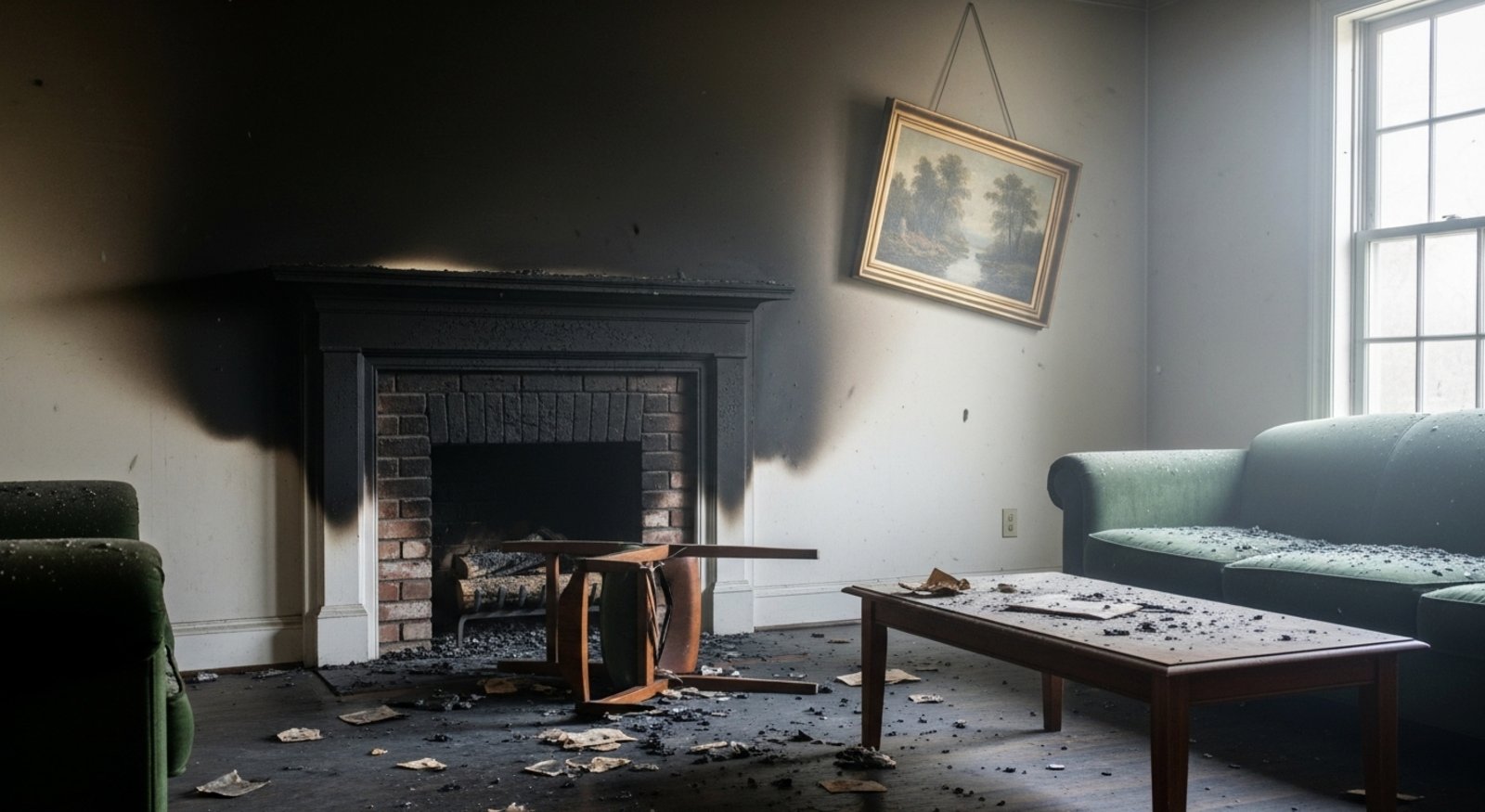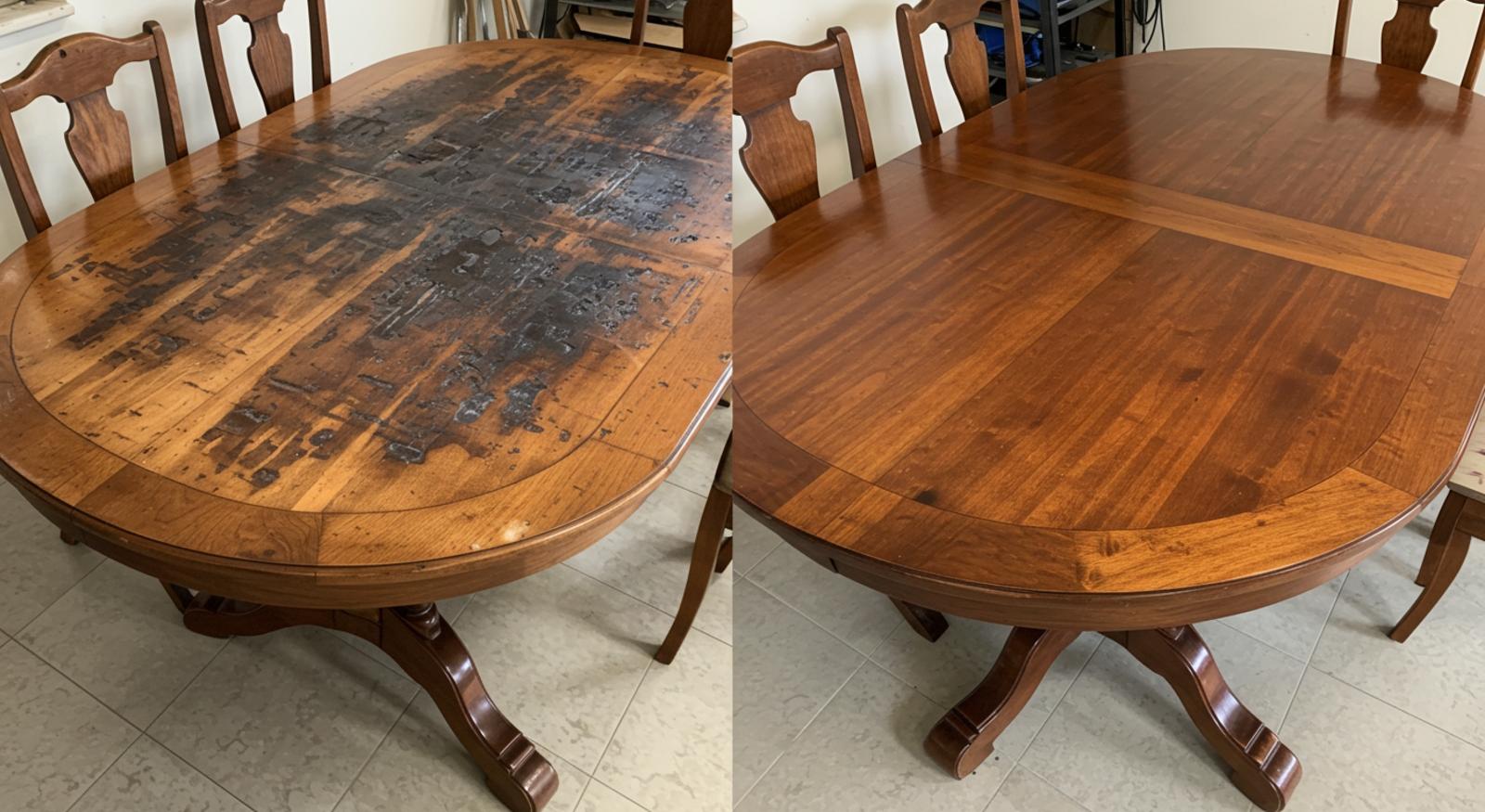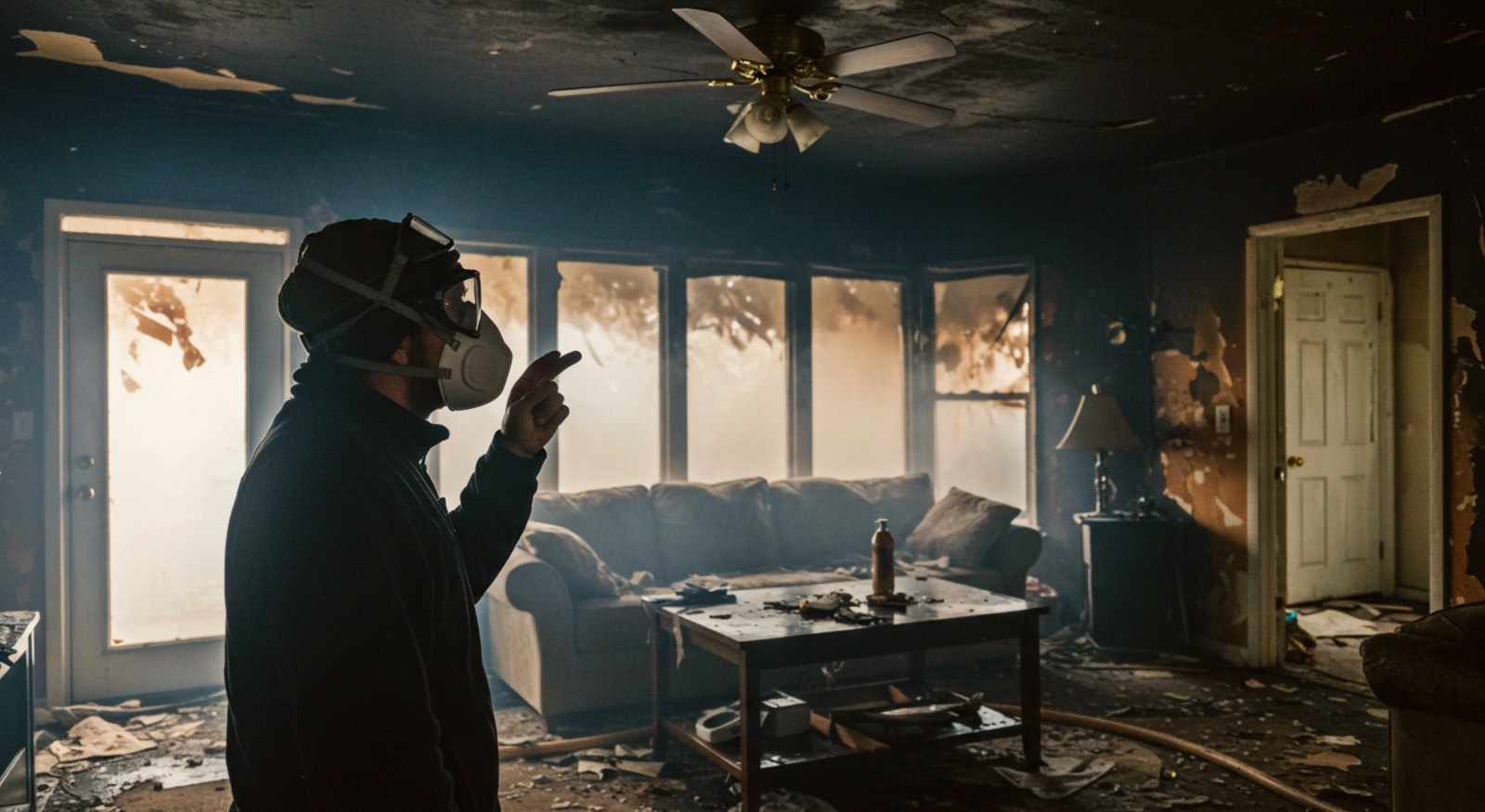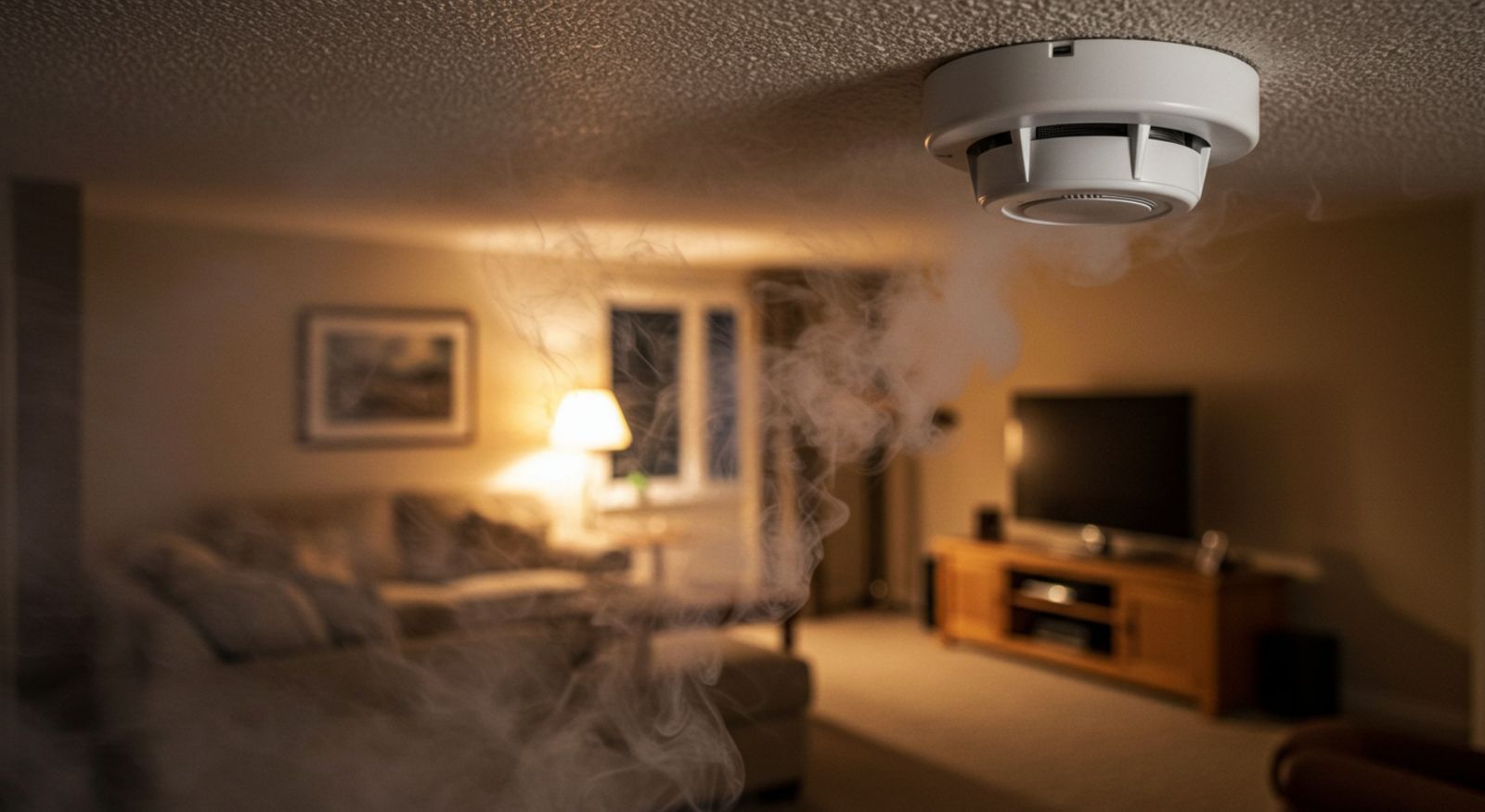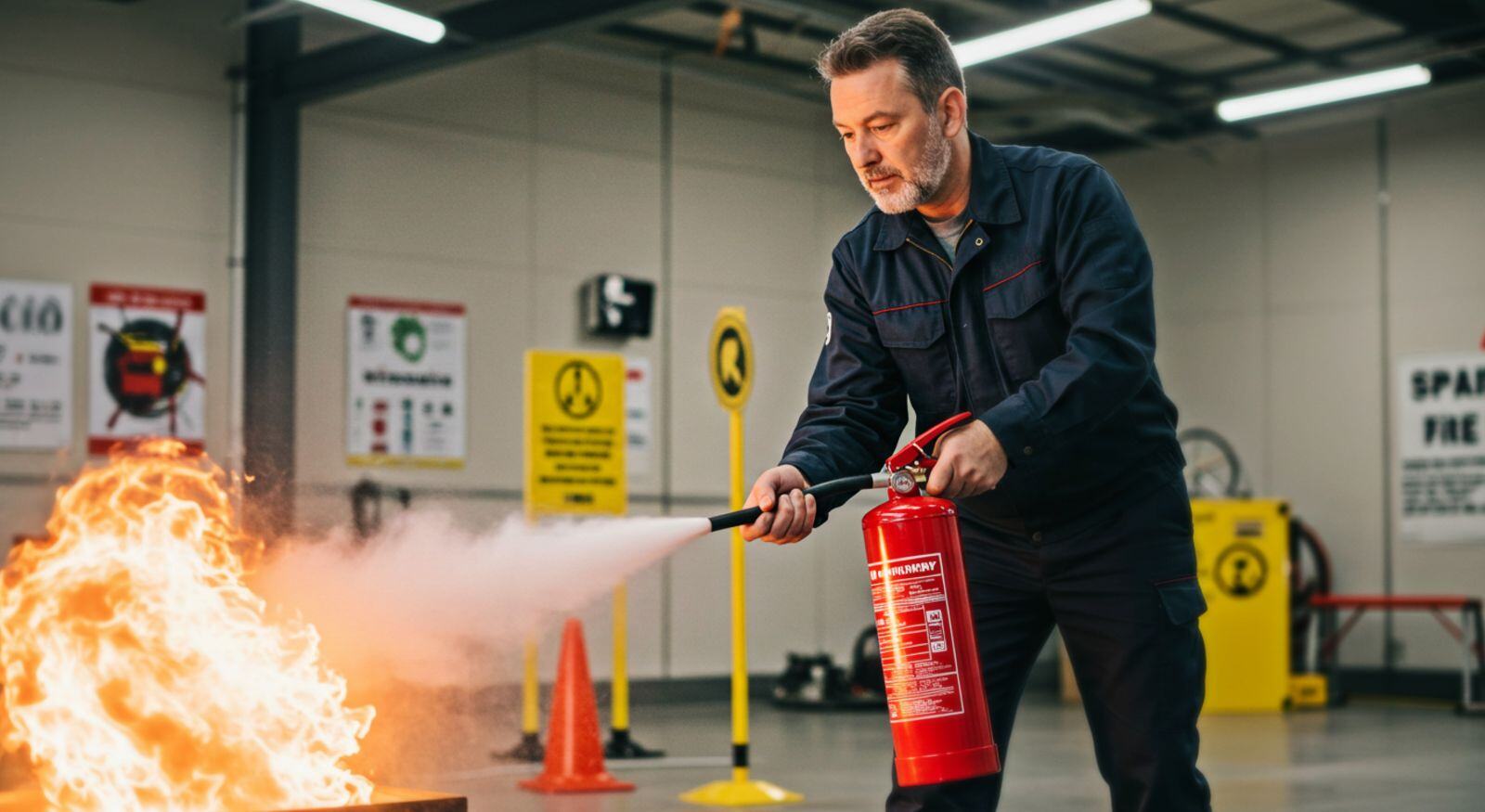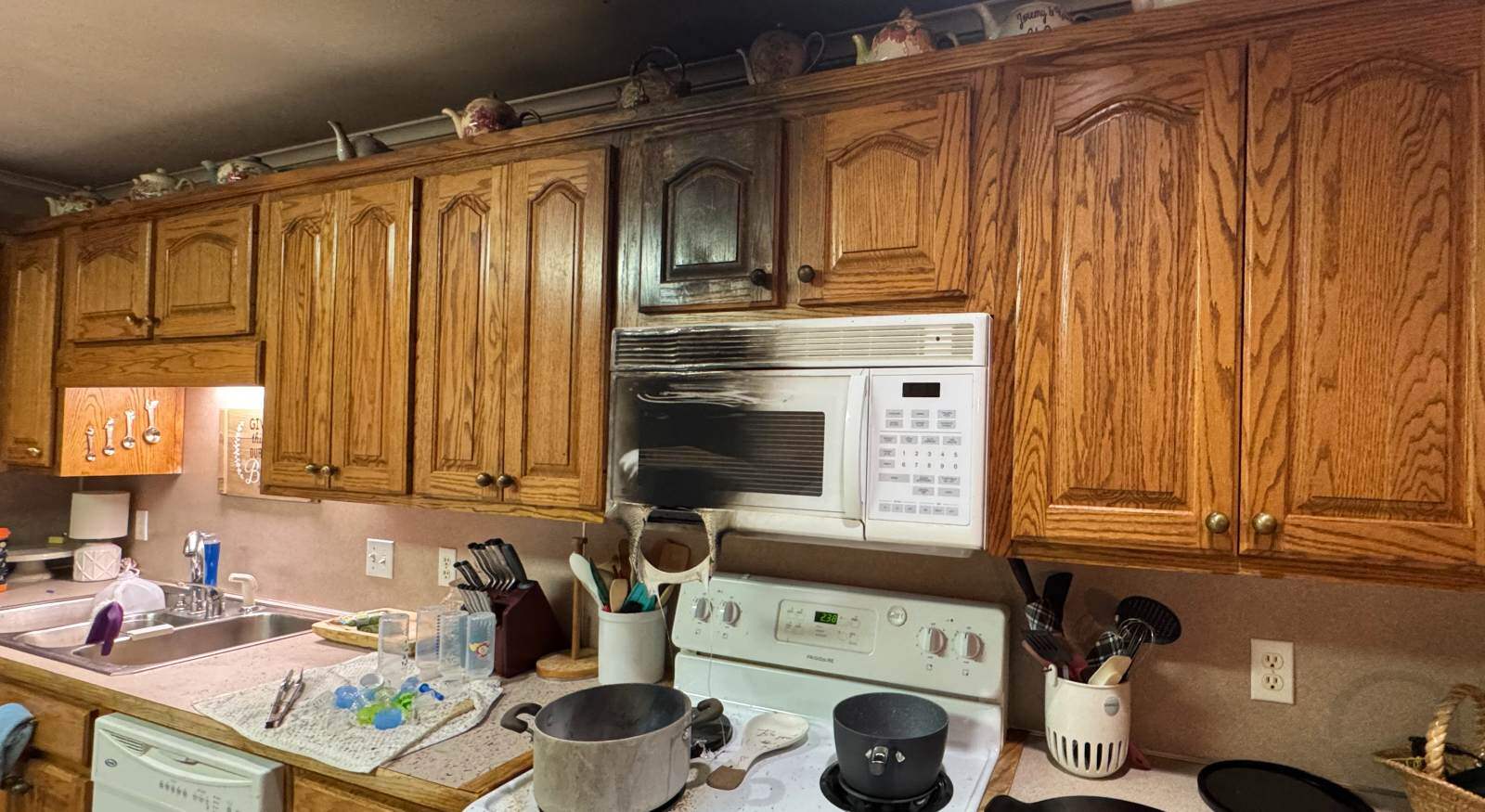Fire Restoration: Reasons for Delays & How to Deal with Them
September 26th, 2025
4 min read

A fire restoration project can turn as unpredictable as dealing with the flames themselves. Sometimes, what was expected to take weeks can become months, frustrating homeowners.
So what’s really going on? Why do fire restoration projects drag on, and more importantly, what can you do about it?
Having worked in the field for over 10 years, Restore-It has seen it all, from smaller projects that go as planned to others that get stuck in a limbo.
Today, we will talk about the five most common problems that delay fire restoration projects, as well as the specific, practical steps you can take to keep your project moving forward. So, get ready and let's get going!
1. Insurance Company Roadblocks
Insurance can be the biggest factor in whether your project moves quickly or stalls.
- Slow adjuster response: Adjusters are often managing dozens of claims at once. Getting them on-site can take weeks.
- Scope of work disagreements: Your contractor might say entire sections of drywall need replacement, while your adjuster argues for simple spot repairs. These disputes freeze progress.
- Payment delays: Even after approval, insurance checks can be slow to arrive, leaving your contractor without funds to move ahead.
What you can do:
- Stay in regular contact with your adjuster. Ask for clear timelines and escalate if responses lag.
- Contact a restoration company so they can start mitigating the damage ASAP.
- Keep your own records of damage (photos, videos, written notes) so you can back up your contractor’s assessment.
- If payment is delayed, call your insurance company directly and ask what documents are still needed.
2. Contractor Inefficiency or Overload
Not all delays are the insurer’s fault. Sometimes, the contractor you hired is the bottleneck.
- Poor project management: Without a structured plan, crews may show up inconsistently, leaving your project half-finished.
- Staffing shortages: Skilled labor is in high demand. If your contractor can’t secure enough workers, progress will crawl.
- Overbooking: Some contractors juggle more jobs than they can handle.
- Subcontractor delays: A restoration project may need electricians, plumbers, or roofers. If even one of them doesn’t show, the project stalls.
What you can do:
- Request a revised timeline that includes clear milestones (not just vague completion dates).
- Ask who the subcontractors are and confirm they’re already scheduled.
- Don’t be afraid to ask tough questions: How many other projects are you managing right now? Do you have enough staff dedicated to my home?
3. Unexpected Discoveries (Hidden Damage)
Immediately after a fire, a good restoration company will focus on mitigation (meaning looking into ways to stop the damage from spreading further). While this work is being done, measures should be taken to understand the extent of the damage. If this step is skipped or not done correctly, hidden problems may appear.
- Structural compromise: Joists, beams, or walls may need to be replaced after fire exposure.
- Hazardous materials: Older homes may contain asbestos or lead paint, requiring specialized (and regulated) removal.
What you can do:
- Consider budgeting for contingencies. Restoration projects can end up costing more than the initial estimate due to poorly done inspections.
- Ask your contractor how they handle discoveries. Will they stop work, inform you, and get new approvals quickly, or does everything grind to a halt?
- If hazardous materials are found, confirm the removal company is certified and ask for expected timelines.
4. Permitting Problems
This is extremely rare, but it could happen. Usually, restoration projects in Arkansas don't require permits except for extreme cases where the structure of the home has been damaged. It's in these scenarios where your subcontractors (like an electrician) may need some approval to get to work.
However, it's worth noting that when the damage is too extensive, homeowners may decide on demolition rather than restoration. This happens because the costs skyrocket beyond their insurance policy limit.
5. Material and Supply Chain Issues
Restoration means getting your home back to its pre-loss condition, and this requires a lot of materials. The thing about how insurance works is that (if your policy covers it) you can replace damaged materials with others of the same type, price, or quality. And recent years have made one thing clear: supply chains are fragile.
- Shortages: Lumber, drywall, and specialty fire-rated materials can run out.
- Shipping delays: Even standard items may take weeks to arrive.
- Custom orders: Windows, cabinetry, or doors made to your home’s specifications may need extra time.
What you can do:
- Ask early about lead times for all materials. Don’t wait until the last minute.
- If you want the work to be done faster, try being more flexible with finishes and brands when possible. Opting for available alternatives may shrink the project’s expected timeline by weeks.
- Request that your contractor order materials early, even if installation is still weeks away.
How to Take Control When Your Contractor is Slow
Knowing the causes of delays is only half the battle. Here’s how to protect yourself and keep your project moving:
1. Document Everything
Keep a written log of conversations, save all emails/texts, and photograph the worksite weekly. Documentation is your best defense if disputes arise.
2. Communicate Clearly and Calmly
Schedule sit-down meetings instead of relying on rushed phone calls. State your concerns factually: “Work hasn’t progressed in two weeks, and I’d like a revised timeline.”
3. Review Your Contract
Check for completion dates, payment schedules, and dispute resolution clauses. Know your rights before threatening legal action.
4. Involve Your Insurance Company
Let your adjuster know if progress stalls. They often have leverage with contractors or can recommend alternatives.
5. Seek Legal Advice if Needed
If delays continue, a formal letter from an attorney may push your contractor to act. In serious breaches, mediation, arbitration, or even litigation may be necessary.
6. Be Ready to Switch Contractors
Firing a contractor is never ideal, but sometimes it’s necessary. Review your contract for penalties, get competitive bids, and prepare for a transition period if you switch.
Prevent Future Delays by Picking the Right Contractor
The best way to avoid these headaches is to choose carefully before signing a contract. Here are some tips to make the choice easier:
- Verify credentials (licensed, insured, and IICRC certified for fire and smoke restoration).
- Check reviews and references specifically for timeliness and communication.
- Get multiple bids, comparing not just price but also proposed timelines.
- Insist on a detailed contract that outlines scope, timeline, milestones, and dispute resolution.
Trust Restore-It for a Fresh Start
Fire damage is already traumatic. Delays in restoration only add stress and frustration. By understanding the most common causes (insurance slowdowns, contractor inefficiency, material shortages, and others), you can face this issue more proactively.
Now you know the importance of documenting issues, communicating effectively, and involving your insurance company when needed. You also have a clear path for choosing the right contractor in the future, so you don’t repeat the same mistakes.
At Restore-It, we believe every homeowner deserves a fresh start after fire damage without unnecessary delays. If you are ready for a reliable restoration partner who prioritizes clear communication and timely project completion, contact our team today. Your home and your peace of mind, can’t wait.
Topics:







